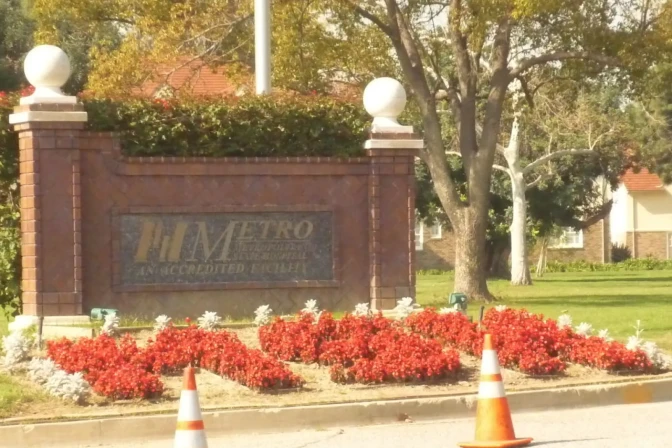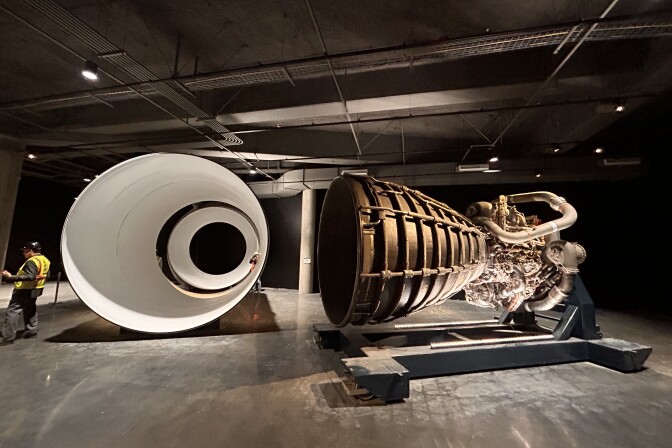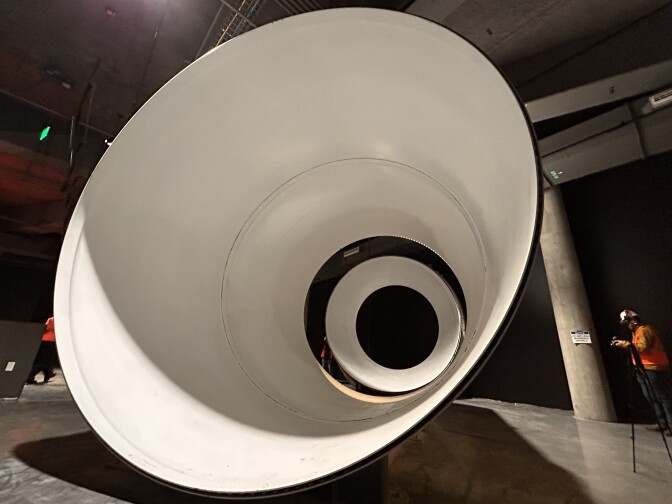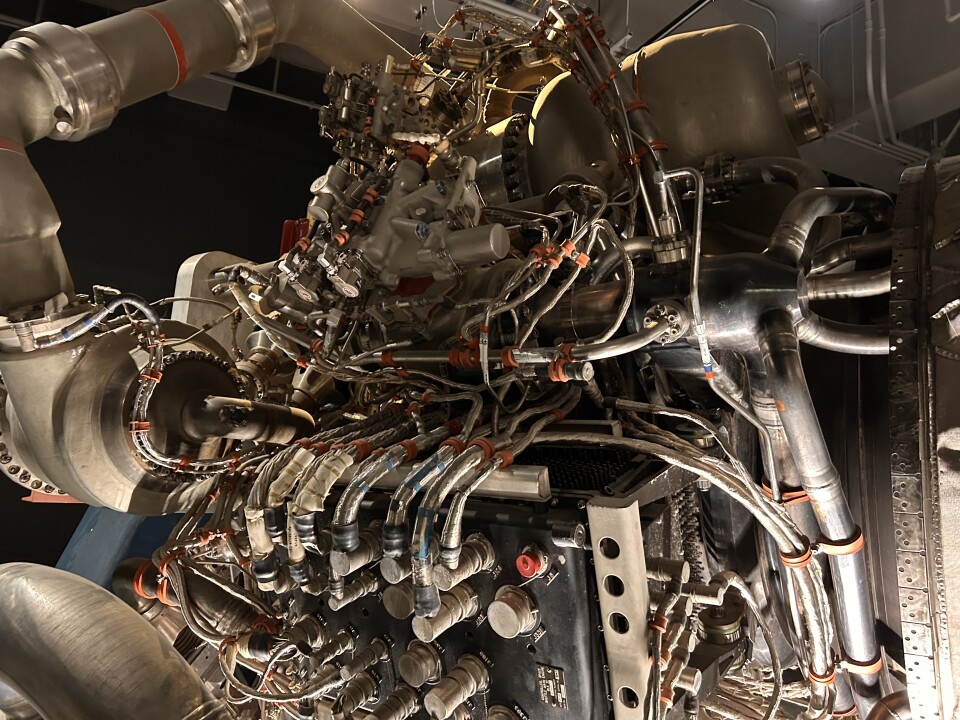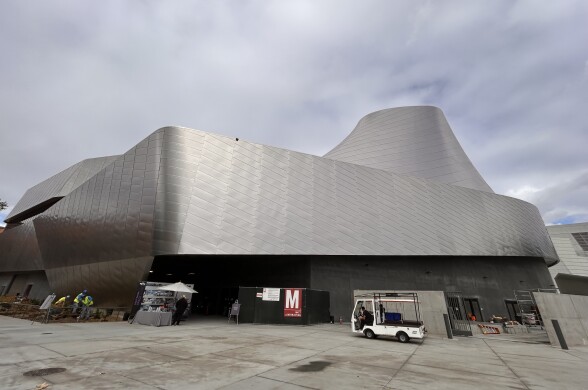A cluster of long-vacant buildings at a sprawling state hospital in Norwalk could soon be transformed into housing for people living with mental illness.
Gov. Gavin Newsom signed a bill over the weekend allowing L.A. County to lease seven unused structures at Metropolitan State Hospital for new mental health housing and services.
L.A. County Supervisor Janice Hahn, who long advocated for repurposing abandoned property at Metropolitan, applauded the development.
“We're battling a mental health crisis here in L.A. County, and we desperately need places where we can treat and house people who are struggling,” Hahn said. “About half of this acreage is not being used. When you drive through it, you can envision a much better purpose.”
The hospital’s past, present and future
Metropolitan State Hospital opened in 1916 in what was then a rural part of L.A. County. The hospital even had its own farm and dairy to help feed patients.
Today, Metropolitan has 826 beds for patients in the legal system, including those found incompetent to stand trial, those found not guilty by reason of insanity and those placed under conservatorship.
But much of the expansive campus has been abandoned for years. Tudor-style buildings that once contained administrative offices and staff housing are now boarded up, scattered across 162 acres of broad lawns and palm tree-lined streets.
State Sen. Bob Archuleta (D-Norwalk) said his bill is aimed at turning seven of those empty buildings into a new courtyard mental health campus to serve unhoused adults and also people between ages 18 and 25 who are at a key transition point in their lives. He said the facilities would include 219 beds for both interim and permanent housing.
“Supervision and treatment and rehab — that is the goal,” Archuleta said. “To give people the dignity and pride to get back to their families, get back into the community.”
Why here, and why now?
L.A. County, just like the rest of the state, has a severe lack of mental health facilities. Researchers with RAND estimated in 2022 that California needs almost 4,800 more psychiatric beds to meet the state’s needs.
Proposals to build those facilities often meet strong resistance from communities opposed to new housing — particularly when it’s designed for unhoused people or those with mental illness. Last week, the Norwalk City Council extended an ordinance banning new homeless shelters and other types of housing, defying state officials who told them the ban was illegal.
Hahn said given these political challenges, L.A. County can make a difference right away by creating housing on land that’s already publicly owned.
“The fact that this is on state property gives the state sovereign authority over that kind of misguided ordinance,” Hahn said.
What will life be like for new residents?
Mental health advocates agree that California needs more mental health services and supportive housing. But they expressed concern about locating that housing on an institutional campus cut off from the broader public.
“I think that this bill is essentially surrendering to NIMBY folks by saying we're not going to build behavioral health housing near your home — we're going to build it on the campus of this locked facility,” said Samuel Jain, a senior attorney with Disability Rights California. NIMBY is an acronym for “not in my back yard,” and commonly used to describe those who oppose new housing.
His organization did not take a formal position on the bill, but Jain said Disability Rights California generally advocates for voluntary, community-based services and housing.
Hahn said patients will not be locked away, except those experiencing an acute mental health crisis who may be a danger to themselves or others.
“We don't need to lock people up,” she said. “We do need to provide the kinds of village campus settings that will, I believe, make care better, more lasting and more compassionate.”
Hahn said renovations should take about two years to complete, and she hopes to see patients starting to move in by 2026.




